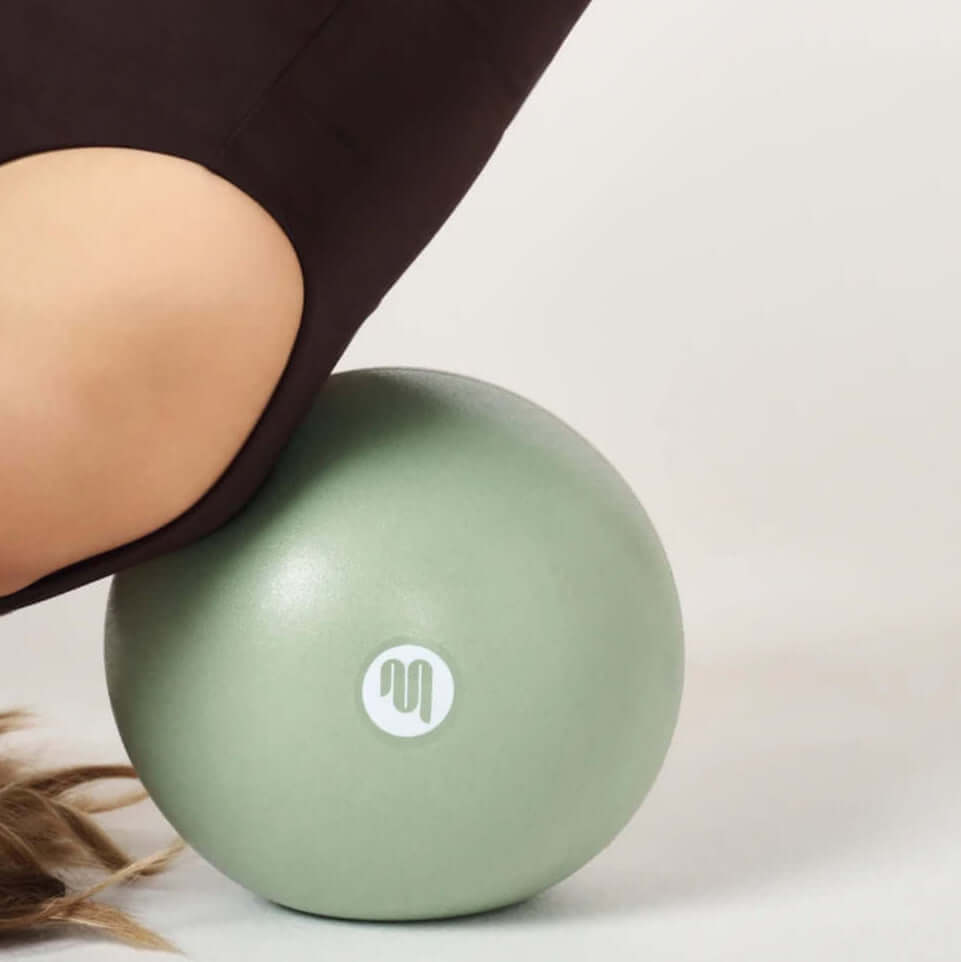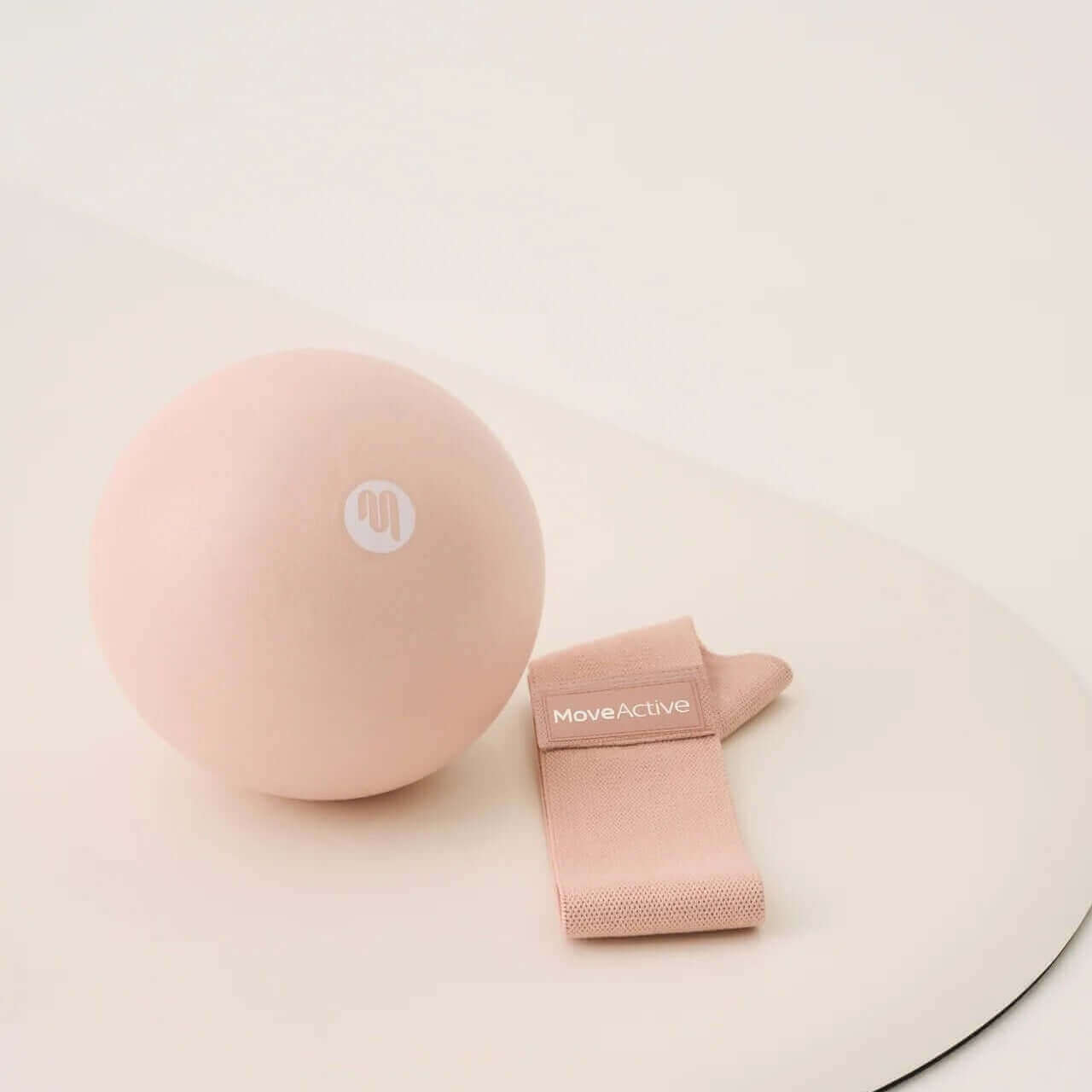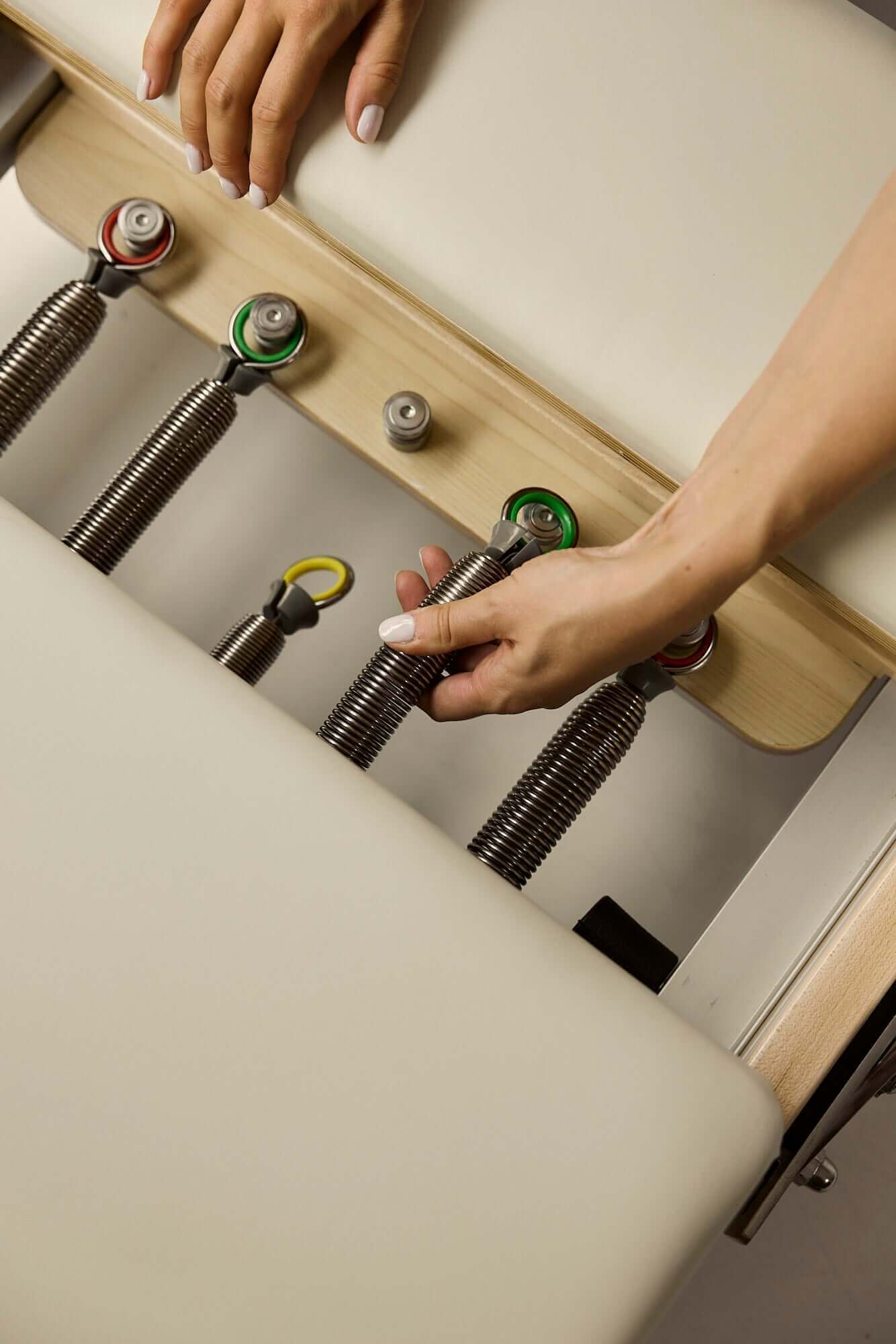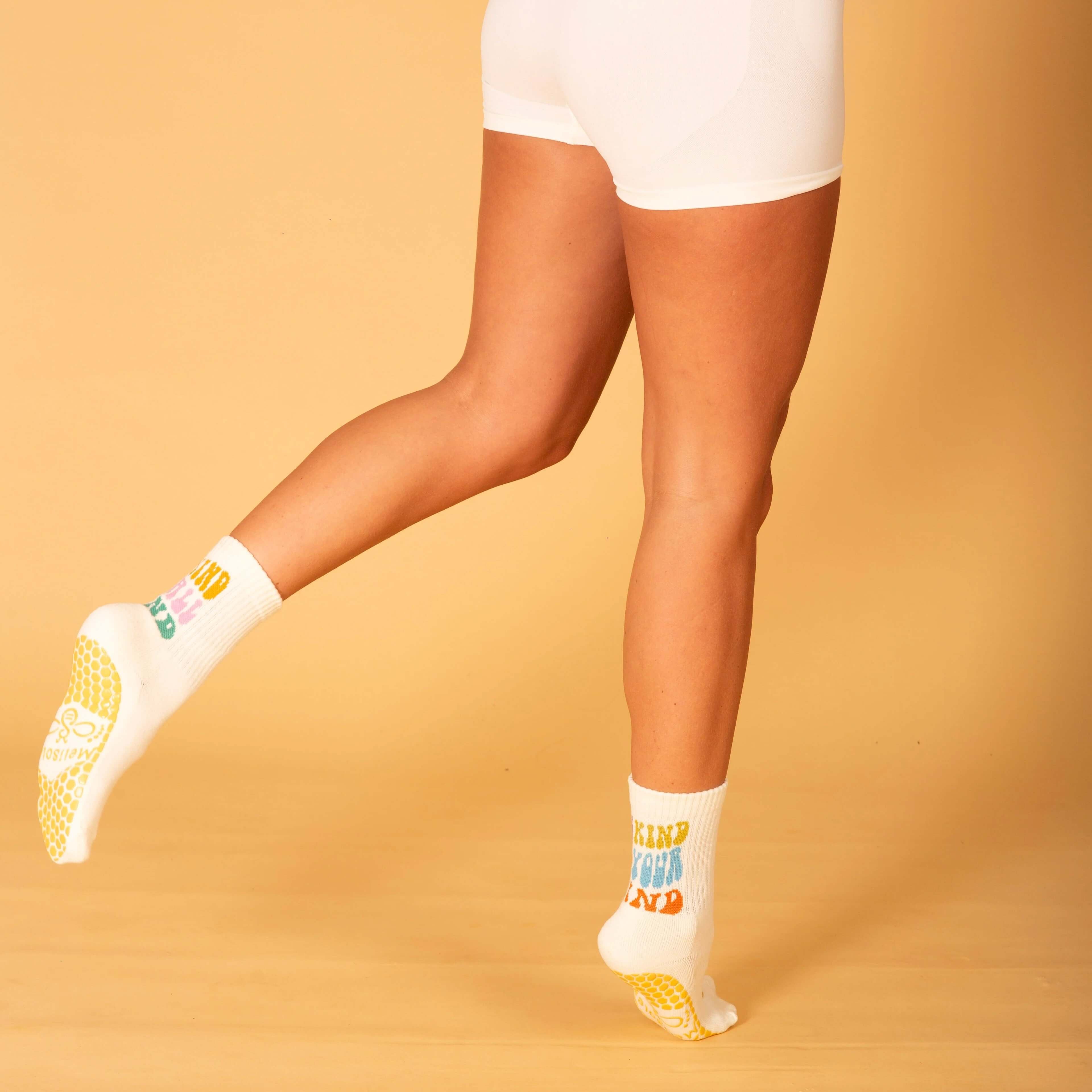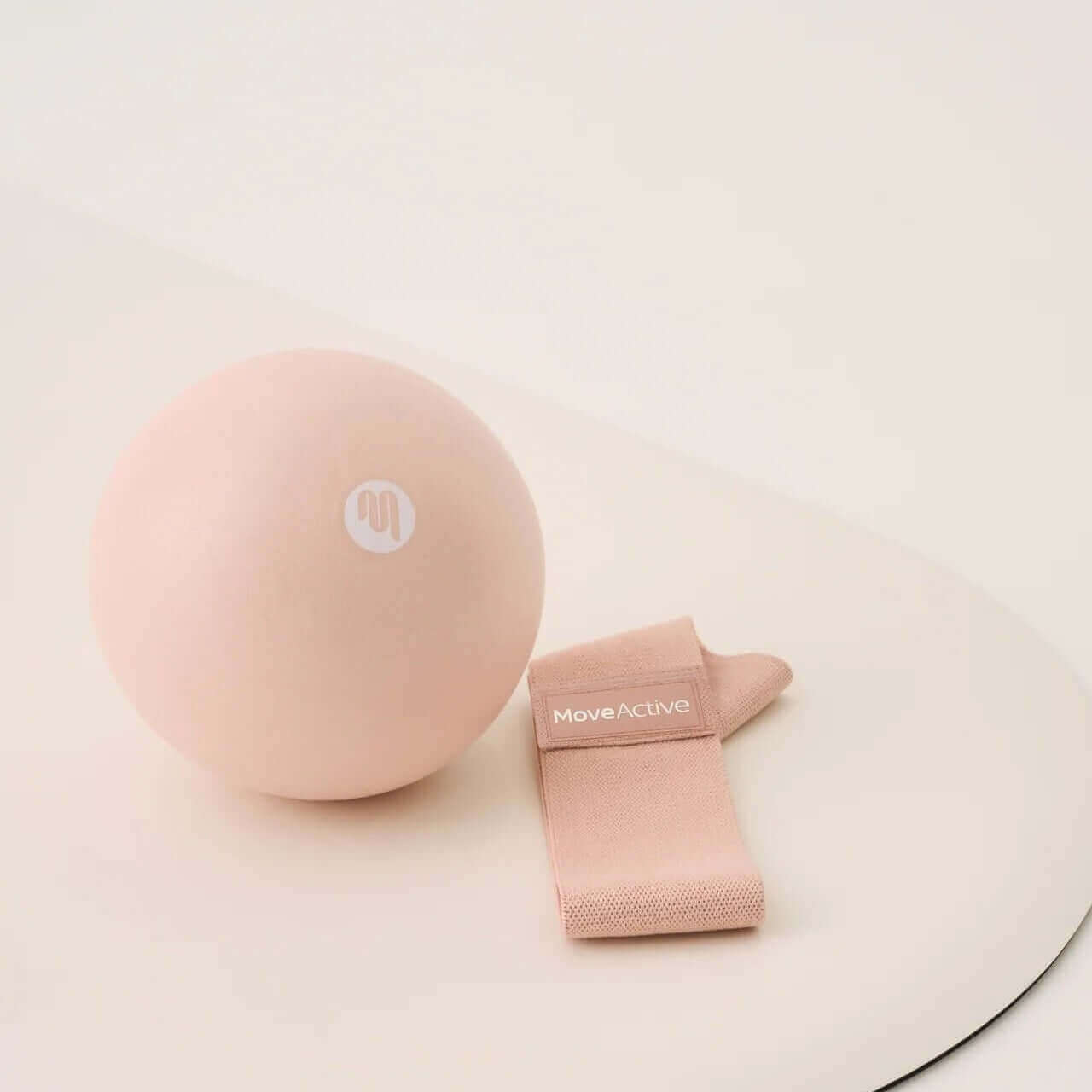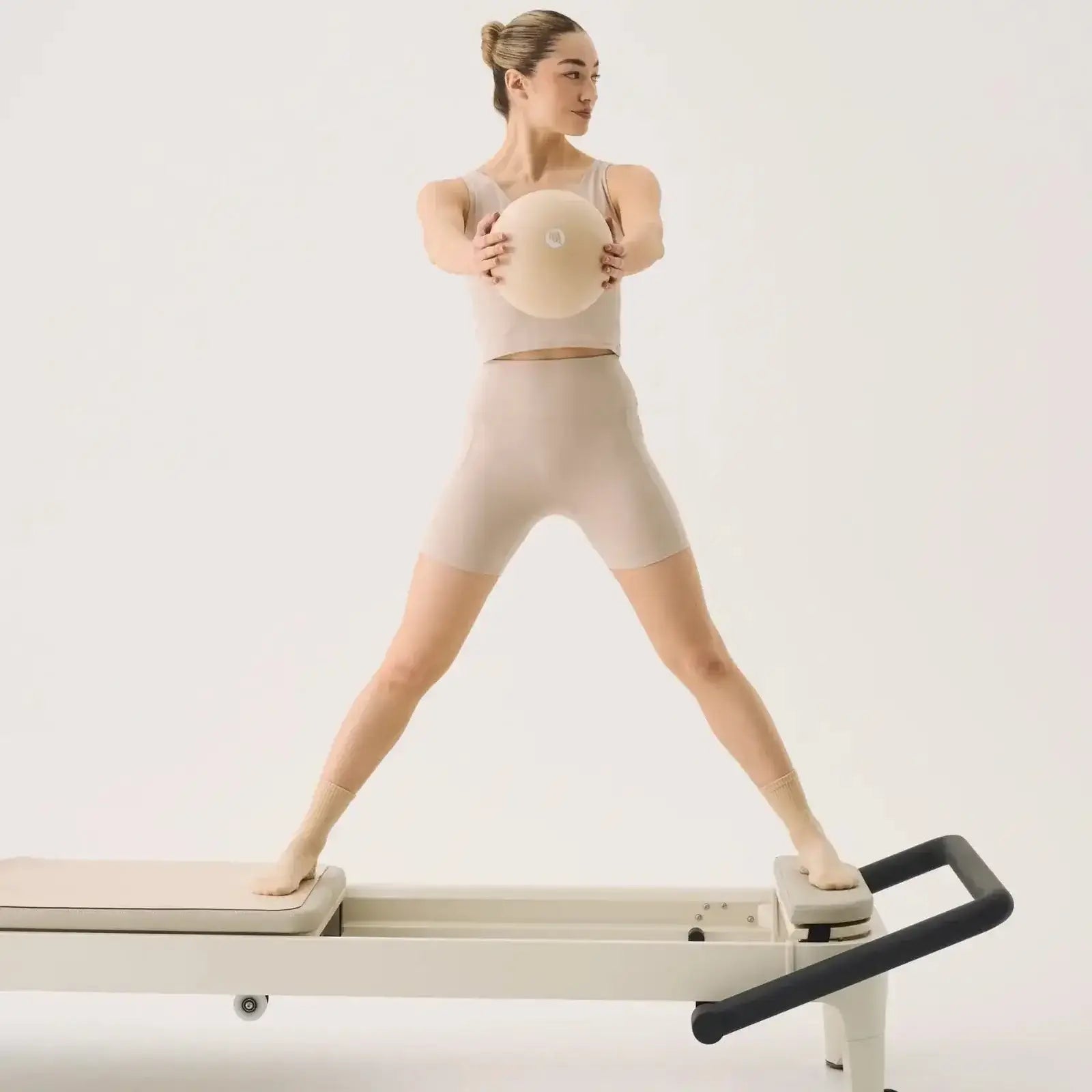Introduction to the origins of Reformer Pilates
Pilates began as a vision, one man’s idea to move better, live stronger, and align body with mind. That man was Joseph Pilates, and what started as a rehabilitation method in the early 20th century has become a global movement, quite literally.
Today, Reformer Pilates brings that vision to life on the reformer bed, a sleek, spring-loaded platform that transforms the traditional Pilates workout into a dynamic, full-body experience.
Joseph Pilates' Legacy
Think of it as Pilates reimagined, with resistance. Using a combination of springs, pulleys, and straps, Reformer Pilates offers a variety of exercises that can be scaled to suit beginners and athletes alike. It’s not just about toning your core (though it does that brilliantly); it’s about total body strength, stability, and stamina, all in one flowing, controlled session.
Whether you're looking for strength training, enhanced flexibility, or a mental workout that clears your head as it works your body, Reformer workouts deliver. Every movement is intentional. Every session, a step closer to balance.
Pilates' enduring principles set the stage for today's fitness innovation.
His legacy endures: contemporary Reformer Pilates is imbued with the same precision and integrative philosophy as the original apparatus. The modern rendition not only honors his vision but also evolves with biomechanical research, perpetuating his impact on our quest for optimal health.
Evolution from Mat to Machine
It started with ingenuity. During World War I, Joseph Pilates developed his first version of the reformer bed using hospital beds and springs. Even then, the goal was clear: help people strengthen and recover, even in the most challenging conditions.
His method, originally called Contrology, focused on precise, mindful movement, a philosophy that remains at the core of Reformer Pilates today. The apparatus evolved, but the mission stayed the same: a full body workout that builds from the inside out.
What makes the Reformer Pilates class different from a mat session?
It’s the machine, and the method. The Pilates equipment adds resistance, guidance, and versatility. With the help of a skilled Pilates instructor, it becomes a personalised practice: challenging when you need it, supportive when you don’t.
It’s perfect for improving posture, strengthening deep stabilising muscles, and creating long-term mobility, without impact or strain. Whether you're working toward injury recovery, peak performance, or just better daily movement, the reformer workout adapts to you.

Reformer Pilates Decoded
Reformer Pilates, an apparatus-based exercise system, is distinguished by the use of a sophisticated machine known as the Reformer. Constructed to transform Joseph Pilates's original mat exercises, the Reformer augments these workouts with dynamic resistance, providing a stimuli-rich environment for the practitioner. Its platform is a catalyst for the development of core strength, flexibility, and adept movement coordination, underpinning the exercise with a more intense and targeted approach.
The architecture of the Reformer is designed to accommodate a full spectrum of movements, ranging from fundamental to intricate, each demanding variable degrees of strength and flexibility. A versatile "carriage" glides along rails, challenged by a series of springs adjustable to suit individual strength levels and training objectives. In this cultivated environment, precision is paramount and each muscle group is engaged thoughtfully, ensuring that the exercises are not merely performed, but mastered with finesse and mindful control.

The Reformer Machine Explained: what is Pilates Reformer
The Reformer is a sophisticated apparatus integral to the practice of Reformer Pilates.
How does Pilates Reformer work?
- Carriage: The moving platform upon which the practitioner lies, kneels, or stands, providing the foundation for exercises.
- Springs: Attached to the carriage, these offer varying levels of resistance, tailorable to the practitioner's strength and the exercise's requirements.
- Footbar: A movable bar at the end of the Reformer against which feet or hands are placed, depending on the exercise.
- Straps: Used for upper and lower body exercises, straps add complexity and range to workouts.
- Frame and Rails: The structure housing the carriage and ensuring smooth, controlled movements.
- Headrest and Shoulder Blocks: These stabilise the head and shoulders, aiding in proper form and alignment.
In its assemblage, the Reformer is a conduit for sophisticated exercise sequences.
Each component of the Reformer is meticulously conceived to facilitate a myriad of exercises targeting strength, flexibility, and coordination.

Primary Reformer Exercises
The Footwork series acts as a foundational set, promoting alignment and strength in the lower limbs.
With exercises such as The Hundred, dynamic abdominal engagement is forged through a challenging blend of precision, breath, and movement. Straps become pivotal, elongating the limbs whilst the practitioner negotiates the rhythm of their breathing with powerful core activation. Amid the intensity, correct posture and muscular coordination are indispensable, ensuring efficacy and preventing injury.
Subsequently, the Short Spine Massage emphasises spinal articulation and hamstring flexibility. Through a controlled rolling movement, the spine is decompressed, enhancing both intervertebral space and overall flexibility. The straps again play a crucial role, guiding the legs in a fluid overhead arc that challenges one's proprioceptive abilities to maintain a seamless flow.
For upper body conditioning, the Rowing Series is indispensable, targeting the shoulders, back, and arms. Isolating these muscle groups within various planes of motion refines the body's structural integrity and functional power. With each repetition, the harmony between the resistance provided by the springs and the controlled carriage movements nurtures a profound strengthening of the entire torso, cultivating an equilibrium between posture and muscular strength.

Benefits of Reformer Pilates Classes
Reformer Pilates enhances core stability, crucial for bodily alignment and injury prevention, through targeted resistance mechanisms. It meticulously fortifies the powerhouse, your body's centre.
By integrating multifaceted movements with dynamic tension, Reformer Pilates improves joint mobility and muscle elasticity, often resulting in a marked increase of functional range of motion. This progressive resistance training effectively bolsters muscular endurance and mitigates the risk of wear and tear on the joints, fostering long-lasting muscular health.
The system innovatively combines strength with flexibility training, which is instrumental in sculpting a balanced physique. These elements are vital to both athletic performance and everyday wellness, promoting an integrated approach to physical conditioning.

Enhancing Core Strength
Core strength: a paramount Reformer Pilates objective.
In Reformer Pilates, the spring-loaded carriage serves as a resistance tool, fostering the engagement and strengthening of the core musculature. Its uniquely designed exercises focus on the deep stabiliser muscles, such as the transversus abdominis and multifidus, which are often overlooked in traditional fitness regimens. Consequently, proficiency in Reformer Pilates can lead to superior control and stability of the pivotal core region.
Optimised core activation is central to the practice.
This apparatus-based methodology emphasises precision, a pivotal hallmark of Pilate's philosophy. By necessitating the concerted contraction of core muscles to maintain correct form and alignment, practitioners can cultivate an intensely focused and effective core workout.
The benefits of core strength extend beyond the studio.
As one's proficiency advances, the complexity and resistance of the Reformer Pilates exercises can be incrementally increased, thereby continuously challenging and fortifying the core muscles. Furthermore, the capability to maintain a potent core has implications beyond the parameters of physical activity; it enhances one's postural support and functional resilience in daily life, cementing the importance of Reformer Pilates within a comprehensive fitness routine.

Posture and Flexibility Gains
Reformer Pilates is a transformative process that reshapes posture and enhances flexibility.
- Alignment Correction: It systematically trains the body to maintain optimal alignment, decreasing undue strain on muscles and joints.
- Spinal Articulation: Develops a greater range of motion in the spine, promoting suppleness and preventing rigidity.
- Muscle Elongation: Encourages muscles to lengthen while strengthening, counteracting the shortening and tightening of muscle fibres.
Flexibility gains are facilitated through targeted stretching that the reformer equipment uniquely enables.
The integration of resistance and movement on a reformer encourages a harmonious balance between strength and flexibility, establishing a foundation for good posture.
Starting Your Reformer Journey
Embracing the Reformer Pilates method begins with understanding its foundational principles and methodology. This intricate framework is designed to deliver comprehensive body conditioning while focusing on precision and control, hallmarks of the Pilates system.
How to get started
As novices embark upon their Reformer journey, selecting a well-qualified instructor is paramount. An adept trainer will ensure proper engagement with the machine—its straps, springs, and carriage—thus safeguarding against injury and maximising the exercise's efficacy. This initial guidance is crucial for cultivating a correct and sustainable practice.
Commencing practice, beginners should anticipate a period of adjustment. Familiarity with the fluidity of the Reformer and its resistance mechanisms represents a significant departure from traditional workout apparatus, ushering in the nuanced realignment of body dynamics.
What to Expect in Your First Class
Embarking on a Reformer Pilates journey requires a fundamental understanding of what your initial class will involve.
- Introduction to the Reformer: You will be familiarised with the Reformer apparatus, including its parts like the carriage, foot bar, springs, and straps.
- Basic Exercise Demonstrations: Your instructor will demonstrate fundamental movements and guide you through your initial exercises.
- Pace and Structure: Expect a slower pace as you learn proper form and technique, which is crucial for an efficacious Pilates practice.
- Observation and Corrections: Instructors will closely observe and promptly correct your alignment to ensure exercises are performed safely.
- Modification of Movements: Exercises may be modified to suit your fitness level and any physical limitations.
- Explanation of Terminology: You'll become acquainted with specific Pilates terminology that will be used throughout your practice.
This education-centric session lays the groundwork for safer and more effective workouts.
Peer support is often inherent; expect a welcoming environment that fosters learning and growth.

Frequently Asked Questions
Is Reformer Pilates good?
Absolutely and not just good. It's often termed transformative. The beauty of Reformer Pilates is that it strengthens your entire body from the inside out, improving posture, flexibility, and control. It’s low-impact, but definitely not just low intensity, is ideal whether you’re recovering, training, or simply looking to move better and happier.
Can beginners do Reformer Pilates classes?
Of course. Reformer Pilates has evolved over time to suit all abilities and fitness levels and is perfect for beginners. The springs on the Reformer bed not. only act as resistance but can also provide support when moving, making it the perfect workout to move at your own pace and develop your strength in a safe environment. Here at FOLD, we're here to guide you through every step, that's why you'll find both fundamental and beginner PIlates classes on the FOLD App.
Can you do Reformer Pilates at home?
Oh yes, with FOLD on the scene you now can.
This is why we designed the FOLD Reformer, to offer studio-quality Reformer pilates classes from the comfort of your own home. Once your workout is complete simply fold away neatly and out of sight. Accompanied with your on-demand classes you'll be able to slide into the full Reformer experience whenever you want. we've designed a studio-quality experience that folds away neatly in your living space.
Is Reformer Pilates similar to Mat Pilates?
The disciplines share the same roots and similar principles, but the experience can be quite different.
Mat Pilates is all about using your own body weight, the caveat of course is that you can additional resistance or intensities through the use of Pilates accessories. While Reformer Pilates, adds resistance through springs and pulleys. This means more support, more variety for intensity levels, and enables deeper muscle engagement.
Both can compliment each other really nicely, and we do offer Mat Pilates classes on the FOLD App for that very reason.
What equipment do you need for Reformer Pilates?
All you really need is a Reformer (preferably a FOLD Reformer), and a little space to move. Although, we've made it even easier to experience the full Reformer Pilates experience with a full starter accessories bundle which includes, Pilates ball, Pilates mat, Pilates circle and a set of 1kg dumbells. Giving you everything you need to get started from day one, no additional accessories required or bulky towers. Just purposeful design that's always ready when you are.
How often should you Reformer Pilates to see results?
Great question! As often is the way quality over quantity. In Reformer, we'd replicate that with consistency over intensity.
We'd recommend aiming for 3 sessions per a week when starting out, we appreciate life gets in the way though and that's why FOLD make's it easier to slide onto the bed.
Whilst everyone and every body is different, maintaining a consistent routine and following along to the structured supportive workouts on the FOLD app means you could start to experience and see real change after just 5 or 6 weeks. Our ethos here at FOLD, is that movement should be fun and enjoyable over aesthetics.
